What's New
Displaying results 1001 - 1010 of 4907
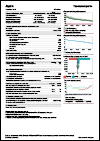
Resource | Reviews and Snapshots,
Tuberculosis country profiles are generated automatically based on data reported by countries and which are held in WHO's global TB database.

Resource | Reviews and Snapshots,
Tuberculosis country profiles are generated automatically based on data reported by countries and which are held in WHO's global TB database.

Resource | Reviews and Snapshots,
Tuberculosis country profiles are generated automatically based on data reported by countries and which are held in WHO's global TB database.

Resource | Reviews and Snapshots,
Tuberculosis country profiles are generated automatically based on data reported by countries and which are held in WHO's global TB database.
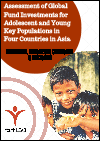
Resource | Publications,
Studies, research and assessment for knowledge generation and evidence-based advocacy have been one of the strengths of the project. It has produced the regional manual for capacity development of young key populations, regional guidance note for CCM, principle recipients to effectively integrate the issues of young key populations in implementation and documentation of the best practice on engagement. Global Fund has recently accomplished its replenishment target of 12.9 b USD and countries have begun to prepare for the concept note development, which is now termed as Funding Request.
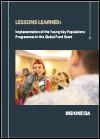
Resource | Publications,
This study generated several key findings. Based on the success of YKP's programme conducted in Bandung, Inti Muda* and Lolipop partners successfully proposed four activities for YKPs under the Global Fund grant. Those activities are peer educator training, IEC media workshop, training youth-friendly services for services provider, and quarterly coordination meeting implemented in Denpasar, Surabaya, and West Jakarta.
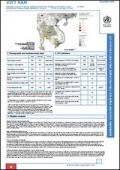
Resource | Publications,
Viet Nam is facing a rapidly growing HIV epidemic that is beginning to extend beyond initial concentrations in networks of injecting drug users and sex workers. The number of people living with HIV doubled between 2000 and 2005, from approximately 122,000 to 263,000. The adult HIV prevalence is estimated to be 0.5% at the national level in 2005 but exceeded 1% in several provinces. There were an estimated 37,000 new infections in 2005. Due to increased heterosexual transmission, the number of infected females compared with males is increasing each year. In 2005, the ratio was estimated to be 2 to 1, males to females. The number of AIDS-related deaths is growing and is estimated to have increased from 9000 in 2003 to 14,000 in 2005.

Resource | Publications,
TB remains one of the top 10 causes of death worldwide. Millions of people continue to fall sick from TB each year. The Global TB Report 2019 provides a comprehensive and up-to-date assessment of the TB epidemic, and progress in the response, at global, regional and country levels. It features data on disease trends and the response to the epidemic in 202 countries and territories.
The Global Report includes trends in TB incidence and mortality, data on case detection and treatment results for TB, multidrug-resistant TB (MDR-TB), TB/HIV, TB prevention, universal health coverage as well as financing. It presents progress towards targets set at the first-ever United Nations General Assembly high-level meeting on TB in 2018, that brought together heads of state, as well as the targets of the WHO End TB Strategy and the Sustainable Development Goals.
The report also includes an overview of pipelines for new TB diagnostics, drugs and vaccines. Additionally, it outlines a monitoring framework that features data on SDG indicators that can be used to identify key influences on the TB epidemic at national level and inform the multi-sectoral actions required to end the TB epidemic.
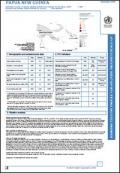
Resource | Publications,
The first case of HIV infection in Papua New Guinea was detected in 1987. By June 2005, 12,341 people had been reported to be living with HIV/AIDS. The country is facing a generalized epidemic with rapidly increasing prevalence in a difficult socioeconomic context. A national epidemiological consensus meeting in November 2004 estimated an average prevalence rate of 1.7%, and between 25,000 and 69,000 people with 15-49 years were living with HIV/AIDS. Prevalence rates among women attending antenatal care services are estimated to vary between 1% and 4%. Available data suggests that the epidemic is predominantly transmitted through heterosexual contact (84%), fuelled by high-risk behaviour including widespread commercial and casual sex. Approximately 93.1% of current reported cases are adults.

Resource | Publications,
Under Universal Health Coverage, all people should have access to quality health services that meet their needs without incurring financial hardship. Rapid economic development in the Western Pacific Region has been accompanied by a decrease in external funding for prevention and control programmes for HIV, viral hepatitis and sexually transmitted infections (STIs), requiring transition to domestic funding for health. This document introduces approaches to health financing, summarises key user fee and service coverage indicators.





